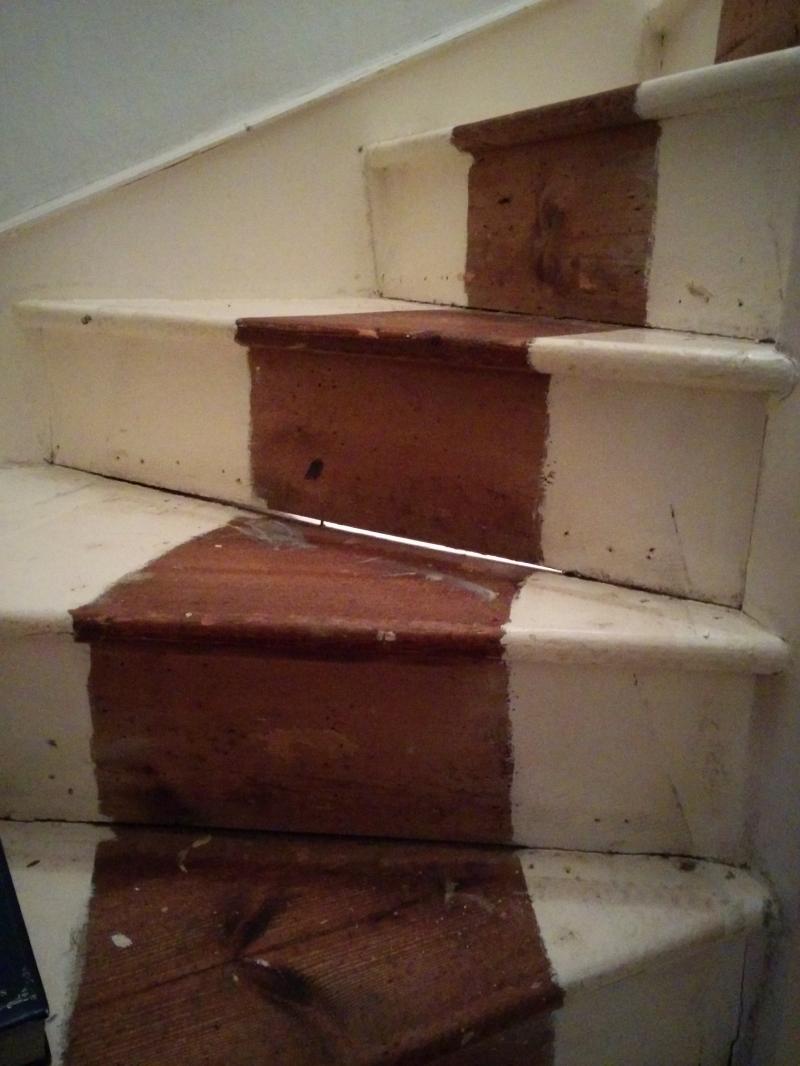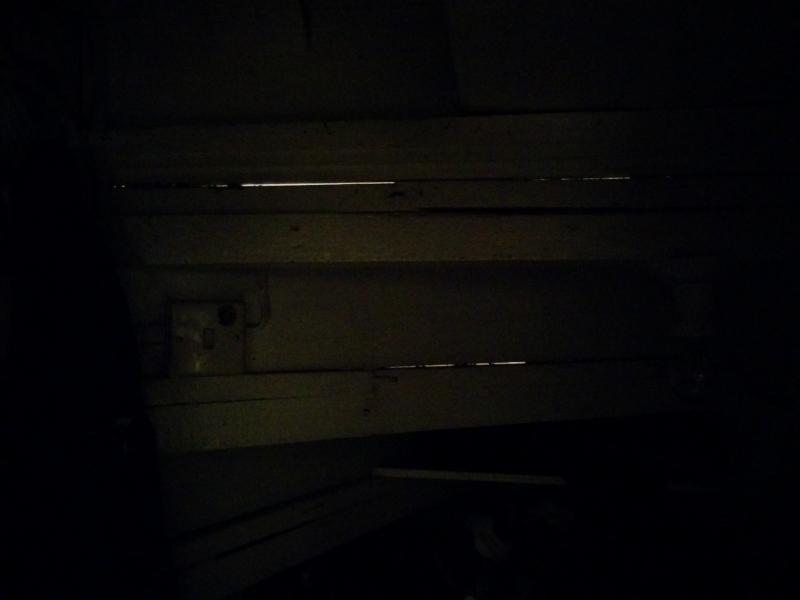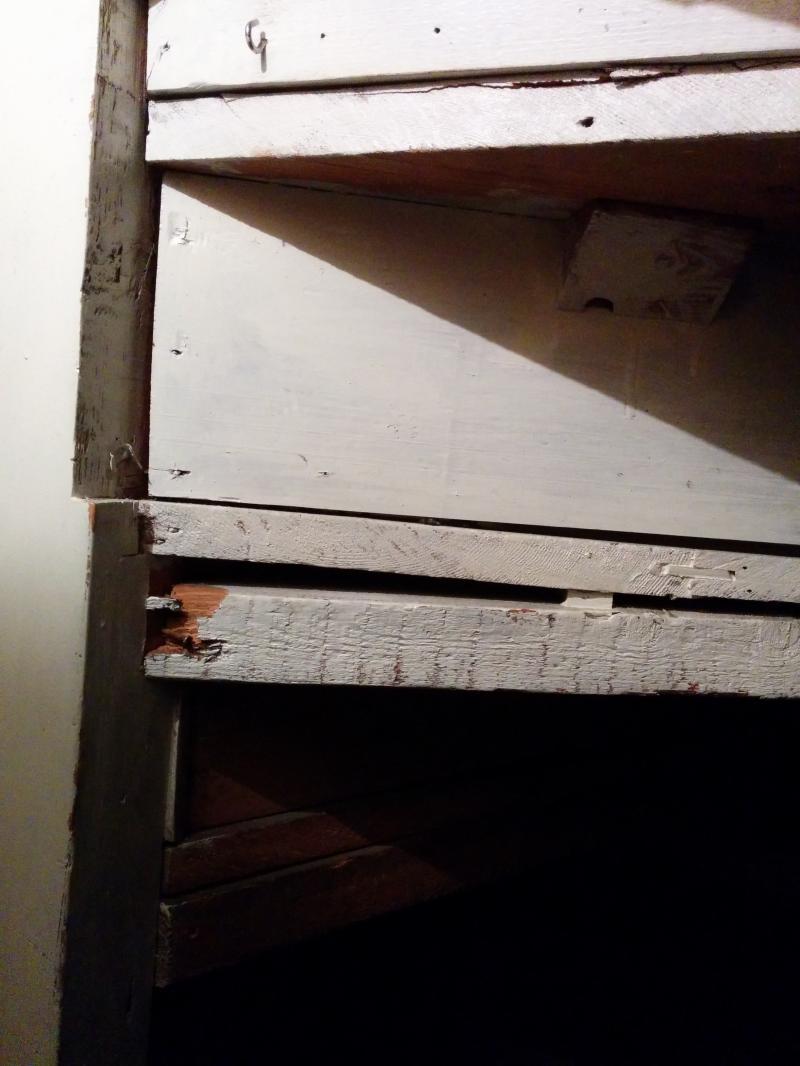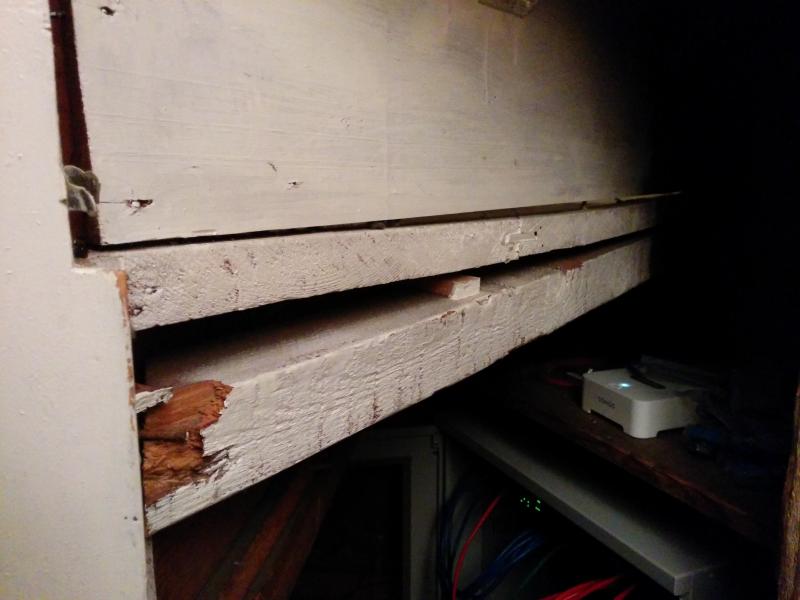Hi Guys,
I am slowly working through the list of things that I can tackle in our newly bought 30's house.
One of the things that we wanted to do was for the main bedroom to have exposed floorboards. We thought that this was going to be simple as every other room had floorboards under the carpet. Unfortunatley it seems that in the bedroom, they had removed the floorboards and laid chipboard instead, so that it is flush with the halls floorboards.
So I have a couple of questions to ask you lovely people.
1. should I be worried that they have removed the floorboards and replaced chipboard?
2. Is it just a case of removing the chipboard and skirting boards and laying floorboards?? I have not done a whole room before, but I have replaced the odd floorboard..
3. We want to have a sanded varnished floorboard in the end. We don't want it to look like brand new varnished pine. Should we go for a reclaimed floorboard, or are there things we can do to the new floorboards to make it look not so new. I know we can get stained varnish, but how do these look?? Also does anyone else have any ideas for flooring?? Cost is pretty important, so I was wondering if reclaimed is more or less that new floorboards??
Now for the stairs question. On our stairs, I have noticed that there is a gap between the tread and rise (??)that is above it. I want to firstly stop them squeaking as well as fix the gap. Is it a case of screwing the tread to the rise from below? I have also noticed that one of the wooden bars that hold one of the treads is broken at one end. What is the best way to fix this? I know that I have not explained it well, but when I get home, I will upload some photos...
Any help or ideas would be greatly appreciated..
Thanks in advance..
Nick
I am slowly working through the list of things that I can tackle in our newly bought 30's house.
One of the things that we wanted to do was for the main bedroom to have exposed floorboards. We thought that this was going to be simple as every other room had floorboards under the carpet. Unfortunatley it seems that in the bedroom, they had removed the floorboards and laid chipboard instead, so that it is flush with the halls floorboards.
So I have a couple of questions to ask you lovely people.
1. should I be worried that they have removed the floorboards and replaced chipboard?
2. Is it just a case of removing the chipboard and skirting boards and laying floorboards?? I have not done a whole room before, but I have replaced the odd floorboard..
3. We want to have a sanded varnished floorboard in the end. We don't want it to look like brand new varnished pine. Should we go for a reclaimed floorboard, or are there things we can do to the new floorboards to make it look not so new. I know we can get stained varnish, but how do these look?? Also does anyone else have any ideas for flooring?? Cost is pretty important, so I was wondering if reclaimed is more or less that new floorboards??
Now for the stairs question. On our stairs, I have noticed that there is a gap between the tread and rise (??)that is above it. I want to firstly stop them squeaking as well as fix the gap. Is it a case of screwing the tread to the rise from below? I have also noticed that one of the wooden bars that hold one of the treads is broken at one end. What is the best way to fix this? I know that I have not explained it well, but when I get home, I will upload some photos...
Any help or ideas would be greatly appreciated..
Thanks in advance..
Nick





